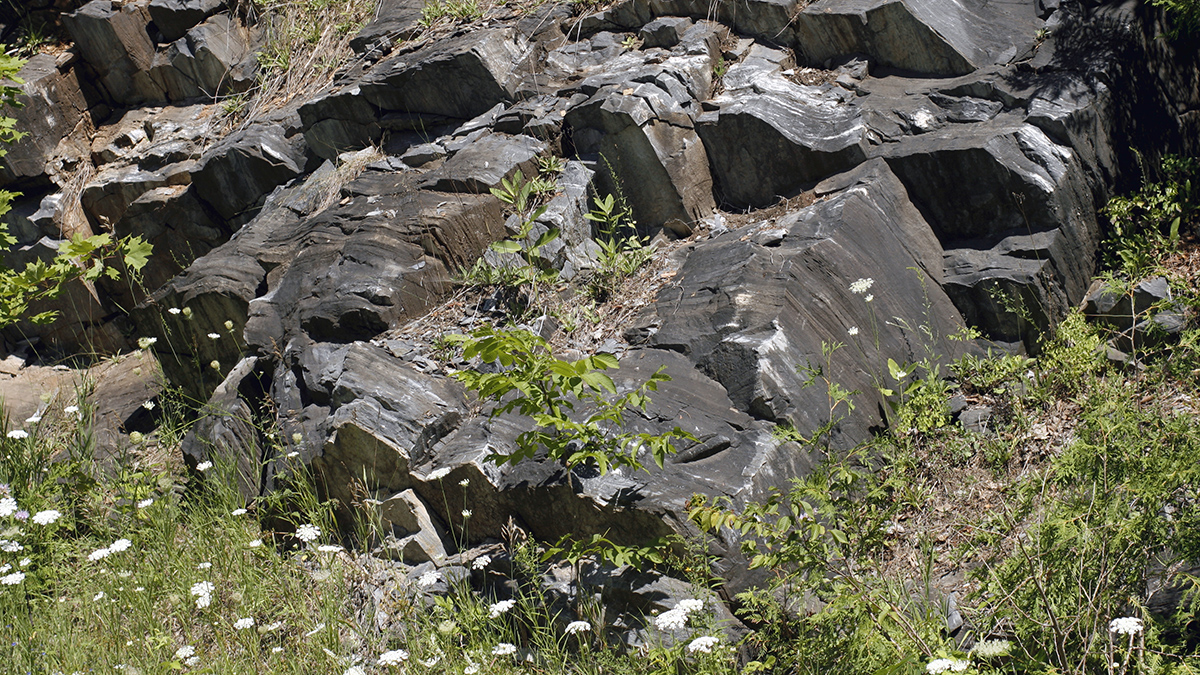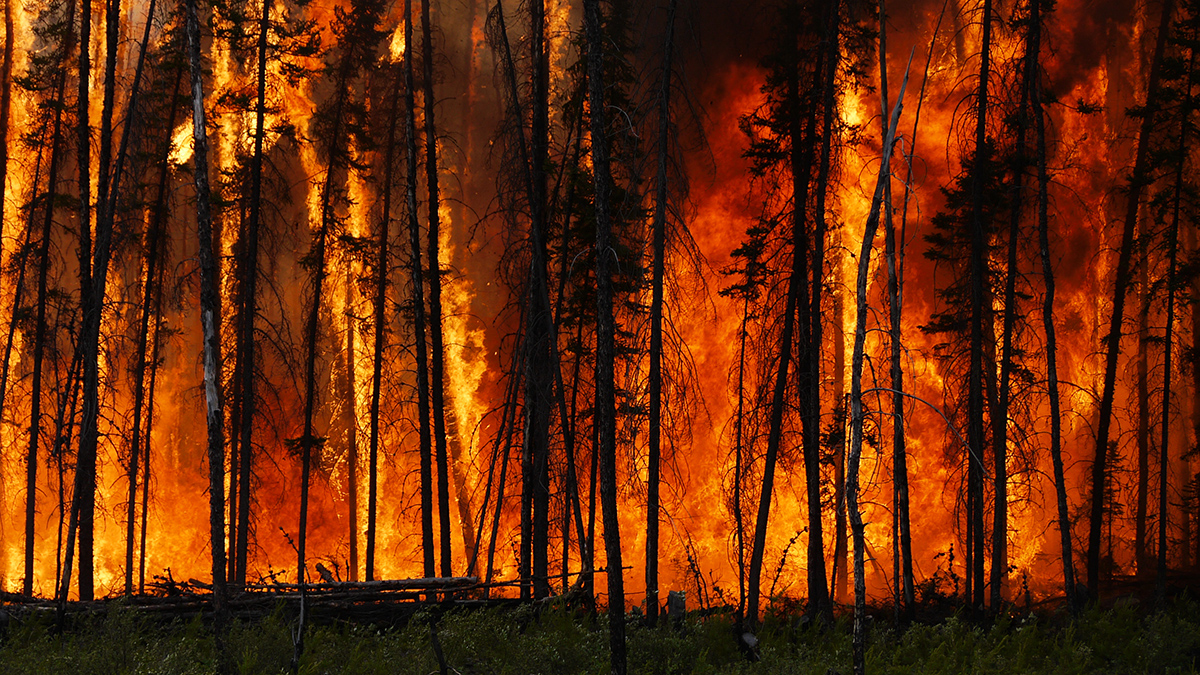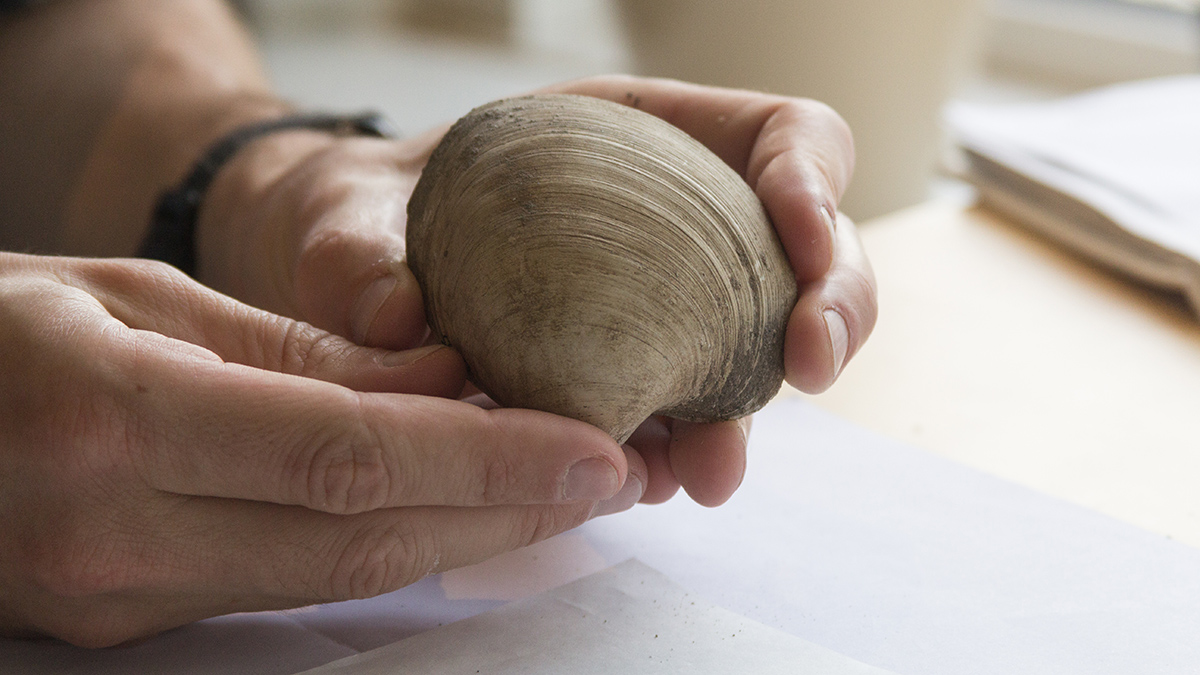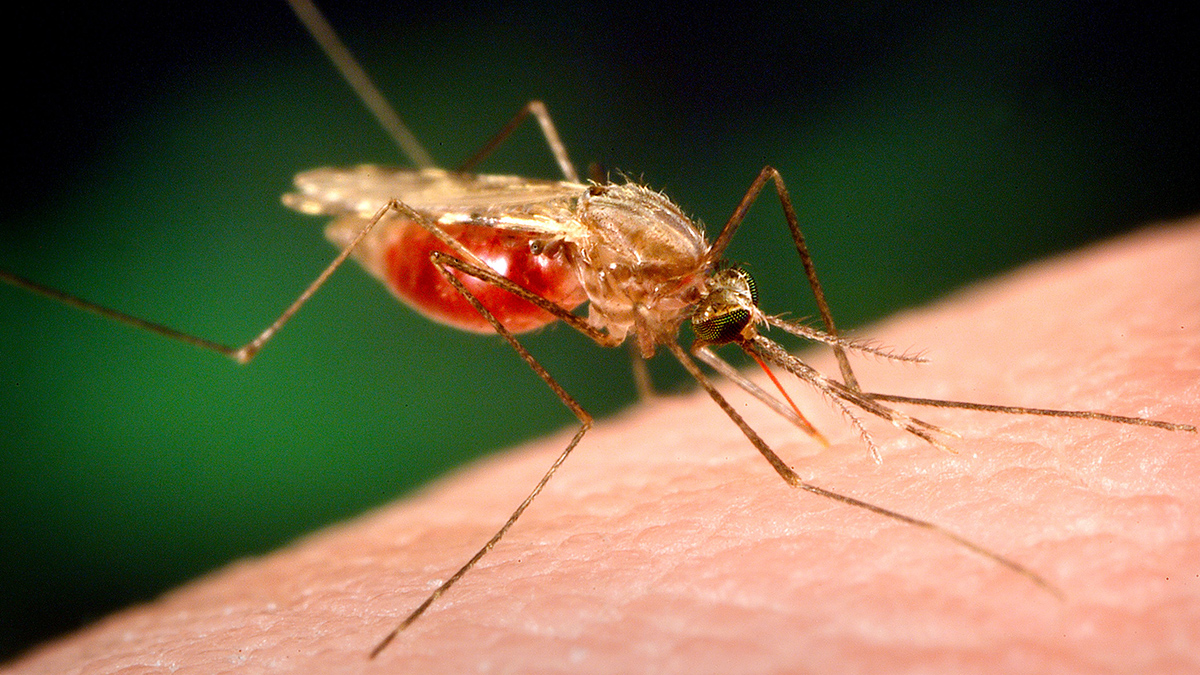La meteorización de los primeros continentes podría haber puesto en marcha la formación de cratones, las raíces inmutables de los continentes.
News
Smells Like an Exoplanet
Hydrogen sulfide, spotted in the atmosphere of the exoplanet HD 189733 b, helps constrain how the planet formed.
Cloud Brightening Could Have Unintended Effects in a Warming World
New research shows that though marine cloud brightening holds potential to temporarily reduce heat stress regionally, the technique has unpredictable and far-reaching outcomes.
Metallic Nodules Create Oxygen in the Ocean’s Abyss
These nodules, a focus of seabed mining interests, could be natural “geobatteries” and play a larger-than-expected role in the deep-sea ecosystem.
More Than Half of Contiguous U.S. River Water Comes from Ephemeral Streams
The finding has potential implications for water regulations, which don’t currently cover these seasonal streams.
Extreme Wildfires Are Getting More Extreme and Occurring More Often
The world’s most energetic wildfires have doubled in intensity and number over the past 2 decades, with climate change and land management likely to blame.
Fossilized Shells Reveal the Seasonality of a Warmer Climate
Summers could warm faster than winters in northern Europe, paleoclimate research suggests.
La transmisión de la malaria en África varía con el clima y la hidrología
Los datos sobre las precipitaciones por sí solos no pueden predecir dónde puede aparecer la malaria. Si se tienen en cuenta los procesos hidrológicos, los investigadores pueden hacerse una imagen más precisa de la transmisión.
New Model Can Better Predict Areas Vulnerable to Forest Fires in India
Researchers incorporated local atmospheric parameters and terrain data to more accurately estimate the probability of fire in a specific area.
Waves May Be Crashing on Titan’s Shores
A new study suggests that wind-driven waves could be sculpting the coastlines of the lakes and seas on Saturn’s largest moon.










